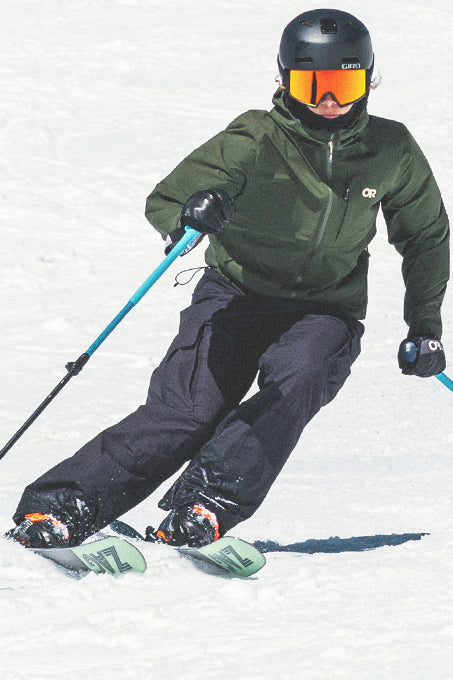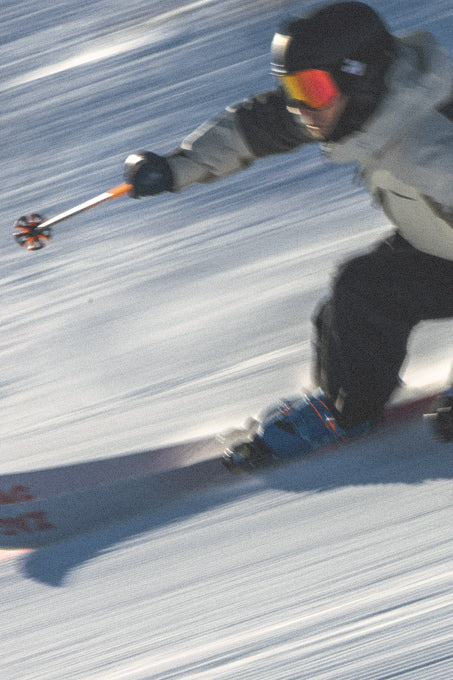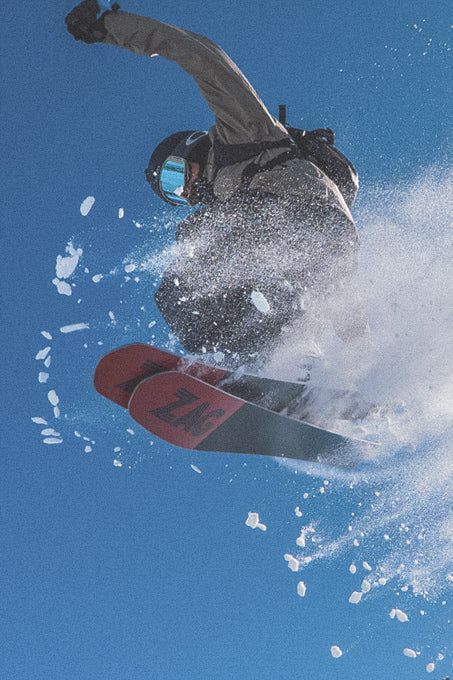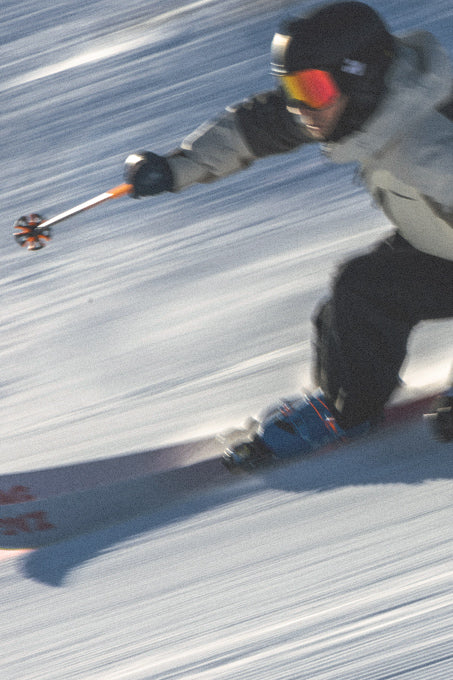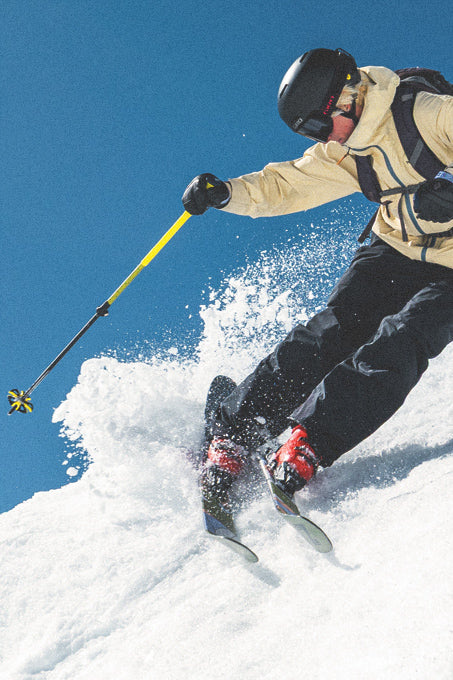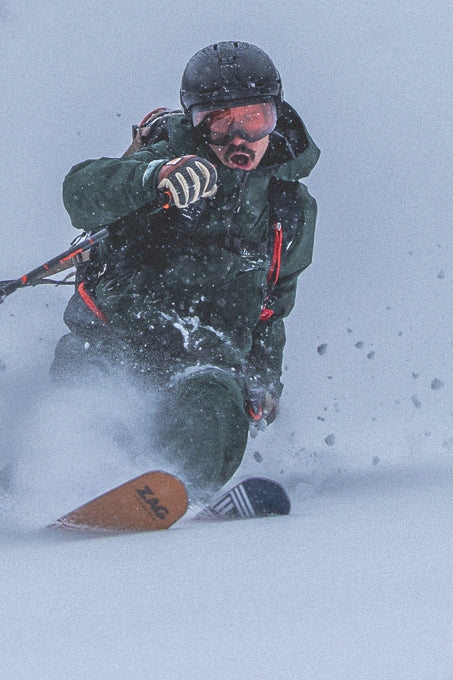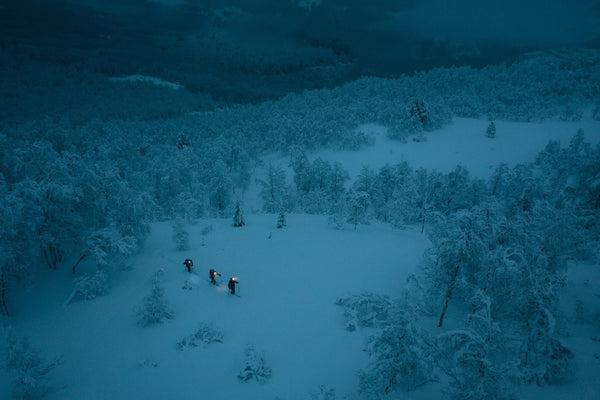How to choose your ski and Bindings pack for downhill skiing?
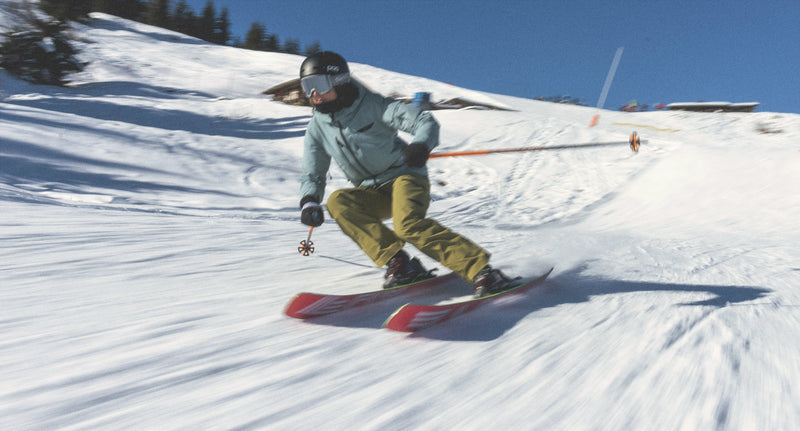
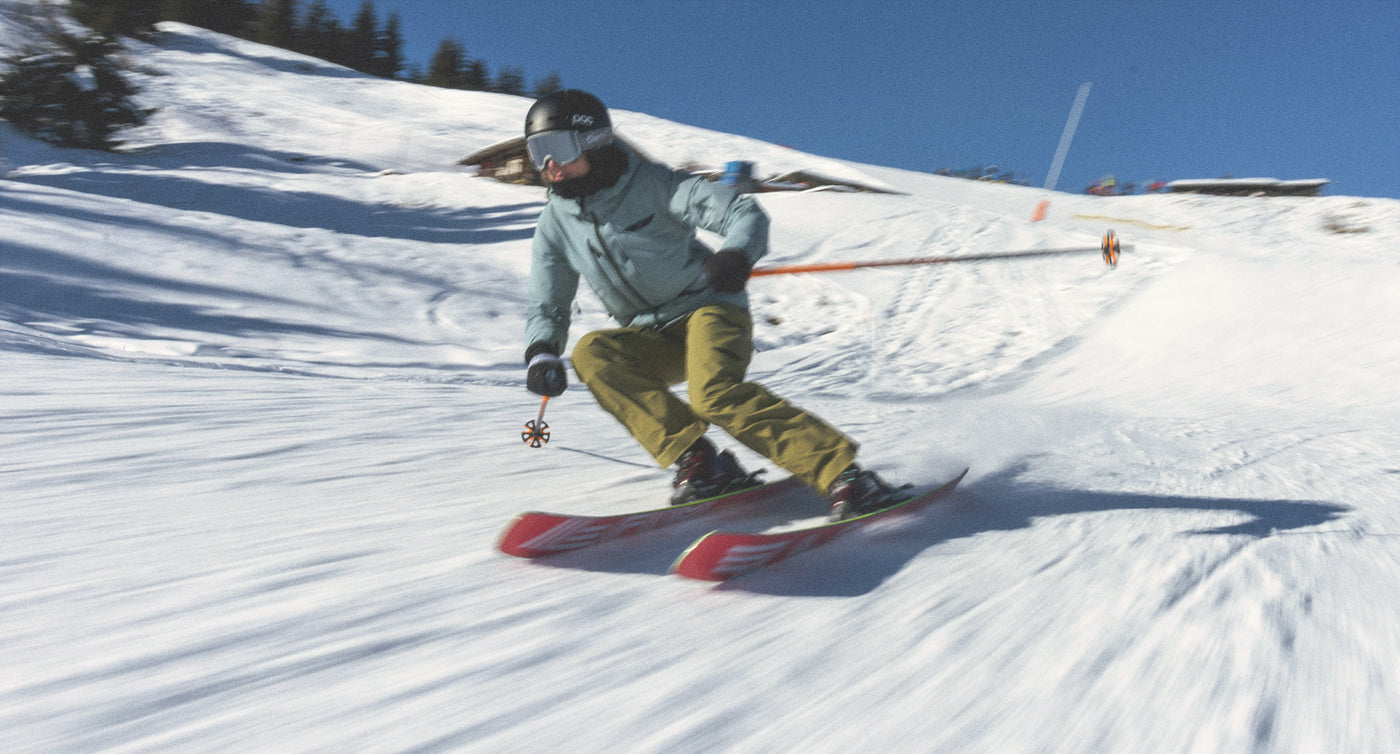
ZAG tips
How to choose my pair of skis
Choosing a pair of skis is quite an experience. Whether you're looking for a specific model or exploring as many possibilities as possible, you need to know the criteria that will help you make the right choice. It's not always easy to find your way around, especially when you don't know exactly where to look. The key is to ask yourself the right questions, in order to find the right answers... So here are a few questions..:
- Looking for all-mountain skis, freeride skis, or both?
- Are you a beginner, intermediate or advanced?
- Are you looking for versatile skis or cutting-edge gear?
- Are you more into short, fast footed turns or big curves at mach 12?
It's not a personality test, it's just that there's a bit of everything and the aim is to make the right choice.
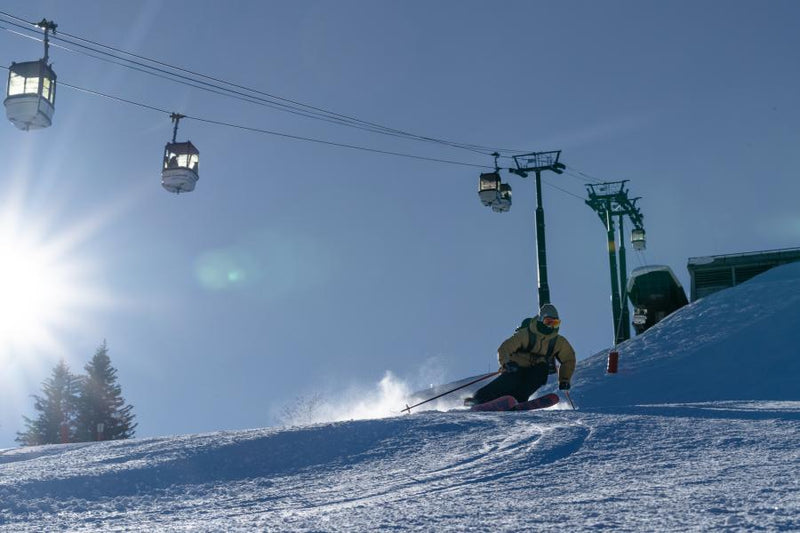
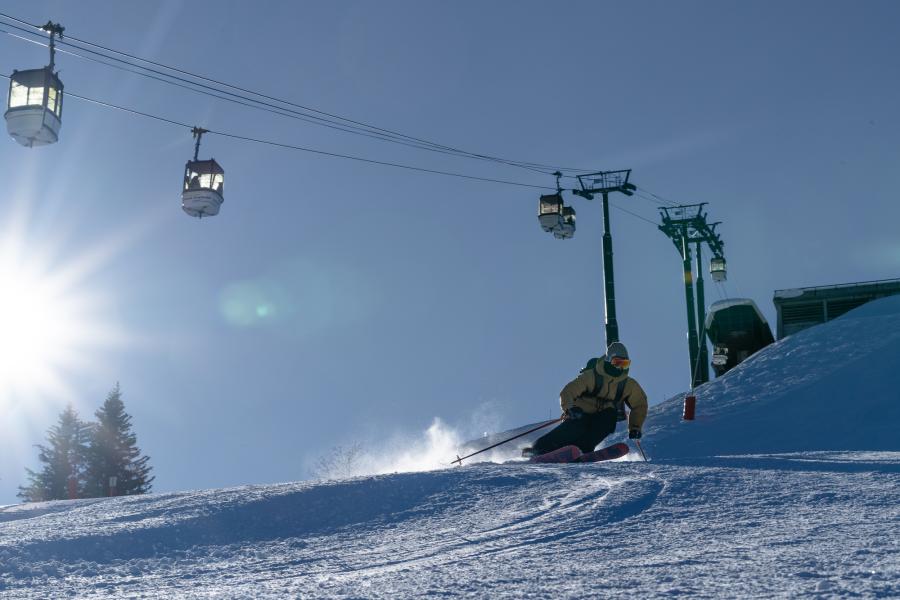
1
For beginners and those who like to ski at their own pace
You're a novice, not to say a monchu, and you want to look like something in a scull. Freeriding isn't for you, and that's just as well, because if you stray too far from the slopes, how are you going to get a glass of mulled wine in a high-altitude restaurant? In short, your priority isn't big rides, but having fun on the slopes with skis that are easy and fun to ski. Choose a model with a base that's not too wide, say between 80 and 90 mm, an alpine shape with a flat heel that's narrower than the tip, and good torsional resistance. What you need is a ski that's both comfortable in different conditions and has the juice to fully experience the gliding sensations of small curves on groomed slopes. To achieve this, opt for skis with a short radius (around 17m) and good grip on hard snow, so you can ski marked runs in complete safety, and even small off-piste runs if conditions are right. To give you a concrete idea of what this might look like, take a look at the Harfang 86 and Harfang 86 Lady for ladies.
2
For ski addicts and seasoned riders
You're a prominent member of a powder-hungry freeride crew, you never leave your apartment without your avalanche transceiver and probe, and you've destroyed your last pair of skis on the lip of a rocky bar? It's very simple: do a little sophrology to compensate for the lack of adrenalin you feel when you no longer have your skis on, and of course run out and buy yourself some new battens with a minimum 110mm runner. What you need is a ski that will enable you to rocket at high speed down freeride faces, whatever the conditions, a ski that's unsinkable in powder snow and ultra-stable in fog, while remaining responsive and maneuverable in forest passages. Even if you don't necessarily intend to mount Touring Bindings on your skis, think about the possibilities offered by a hybrid Binding , just to go a little higher, a little further, to see if the snow is really fresher at the neighbor's. And in that case, choose a ski that's easy to handle. And in that case, choosing a light freeride ski isn't a bad idea. So check out skis like the SLAP 112 - they're sure to be a match for you.
Now, we've talked about two typical skier profiles to be found in the resort, and there's an infinite number more. What we do know is that there's a ski for every skier. So if you don't see yourself in the caricatures described above, that's normal. To choose the right skis, you need to know yourself. If you're just starting out, choose a progressive ski that will make you feel safe and secure. Whether on piste or freeride, you'll find skis that are intuitive and easy to use, to help you progress and give you exceptional gliding sensations. To go beyond your limits, don't hesitate to choose a ski that's bigger than you are, enabling you to go faster, make bigger turns and gain in commitment. And if you want to do it all, a relatively wide ski (between 90 and 100mm at the runner) with an alpine soul will be just the thing, both for carving curves on groomed snow and for the craziest freeride runs of the year. When it comes to the size of your skis, we recommend skis roughly your size, but don't forget the advantages of a bigger or smaller ski. A shorter ski is often easier to handle than a longer one, which will enable you to go faster, depending on your objectives. We've put together a size guide to help you make your choice.
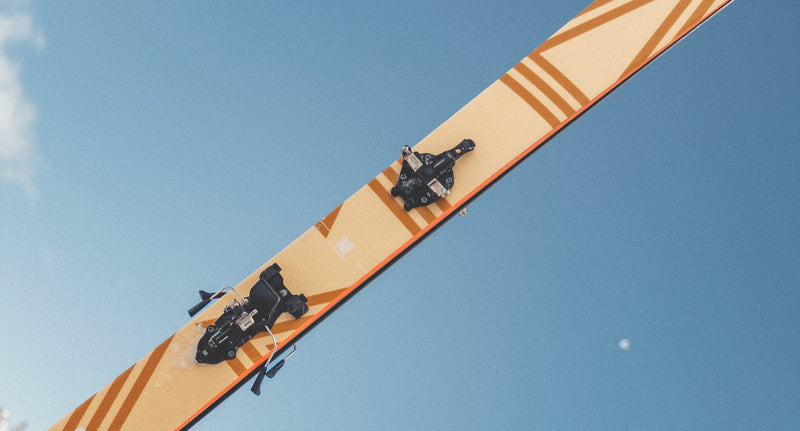
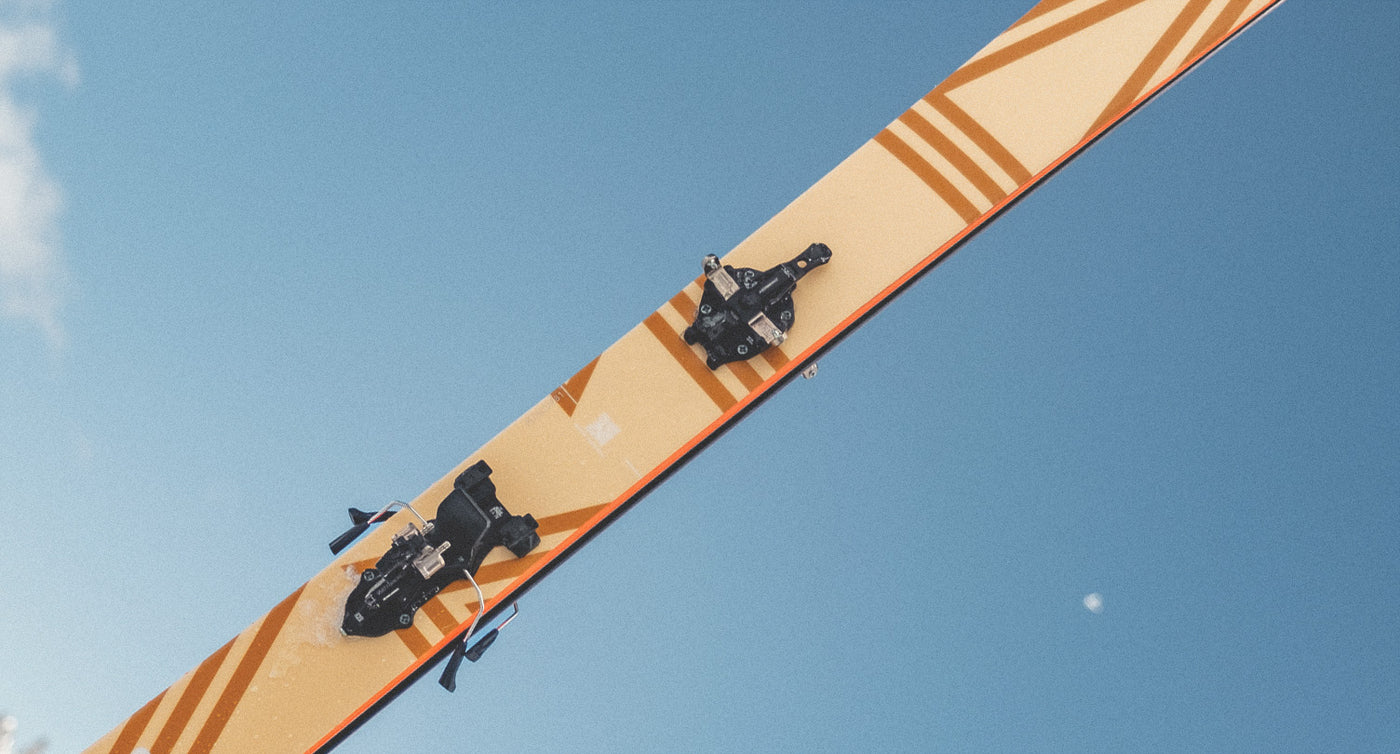
3
How to choose your ski Bindings ?
Once we've chosen our skis, we're happy, voilàààà c'est bieeeen... Now the Bindings. Ah, no mean feat. We briefly mentioned hybrid Bindings , not to be confused with alpine Bindings . We'll explain the difference right away.
Alpine Bindings are the ones we're all familiar with, with a front stop and a fixed heel piece, i.e. they're screwed to your skis and won't budge from there. They are adjustable in length to match the size of your boots, and feature a DIN, TÜV, ISO or EN safety system. The TÜV label (Technischer Überwachungs Verein, or Association for Technical Inspection) is a guarantee of seriousness and German quality, as is the DIN standard, corresponding to the standards of the German Institute for Standardization (Deutsches Institut für Normung = DIN), which served as the basis for developing standards at European level (European Norm = EN) and international level (International Standardization Organization = ISO). The aim of these standards is to harmonize product quality and safety according to technical rules. All manufacturers of alpine ski Bindings strictly apply ISO standards, i.e. the highest security level of certification. As a general rule, the system is set according to the skier's weight and ability. You can refer to the following table to determine the ideal setting for your alpine Bindings .
Hybrid Bindings , on the other hand, allow you to climb a few hundred meters in skins, thanks to their Touring front and heel stops. This system may be heavier than conventional TouringBindings , but it's still relatively light and, above all, guarantees a level of safety almost equivalent to that of Alpine Bindings . It has all the advantages of an Alpine Binding , with solid TÜV, DIN or ISO-standard mechanics, and all the features of a Touring Binding , with a walking position and reduced weight.
An interesting solution for freerando enthusiasts, those who like to go off-piste and aren't afraid to put their skins under their skis to go beyond the summits of the marked trails. It's a safe way to send off that little combe or couloir you've been coveting from the chairlift.
For example, the Marker Duke or Salomon Shift hybrid Bindings , with their look closer to alpine than Touring Bindings , are excellent candidates.

